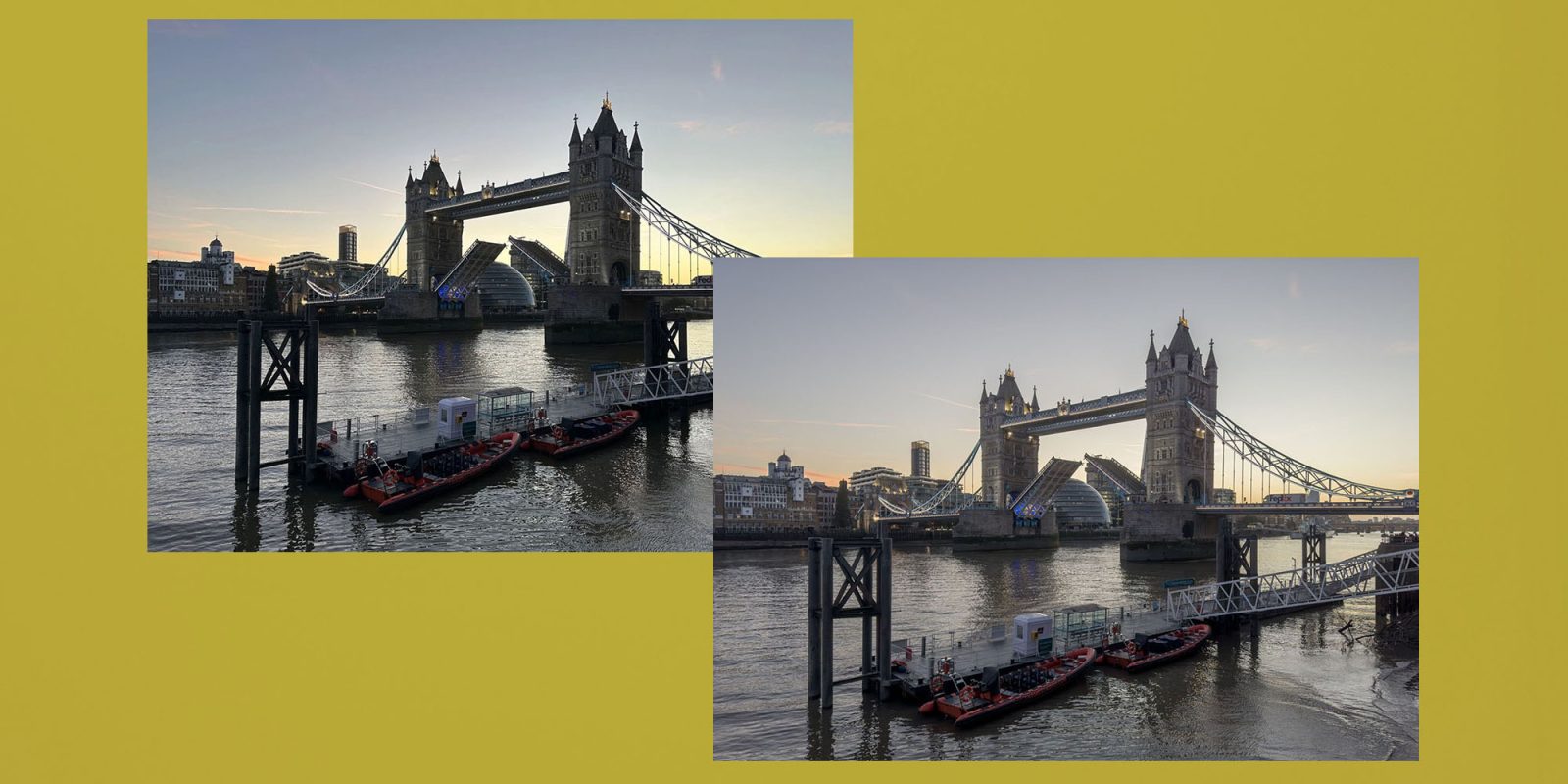
Currently, only the iPhone 14 Pro models have the top-end 48MP sensor, which combines higher resolution with better low-light performance. But it’s looking increasingly certain that the sensor is coming to the non-Pro models too, in the iPhone 15 lineup.
Analyst Jeff Pu was the first to report this, back in January, and he’s now been joined by Ming-Chi Kuo …
Apple’s deliberately slow switch to 48MP
While Samsung and others have chased impressive-sounding megapixel numbers for their cameras, Apple had long resisted the temptation to join them. That’s because squeezing a lot of pixels into a small sensor has one major downside: the high-pixel density results in poorer low-light performance.
This problem was finally solved with Apple’s adoption of a stacked sensor, which has multiple layers to retain low-light sensitivity. Additionally, by default, the iPhone 14 Pro models use a technique called pixel-binning, where a quadrant of four 48MP pixels is combined into a single 12MP pixel.
Only shooting in RAW gets you the full 48MP performance.
48MP sensor for iPhone 15 non-pro models
Jeff Pu first reported back in January that the 48MP stacked sensor is this year coming to all four iPhone 15 models, not just the two Pro ones.
Jeff Pu of Haitong Intl Tech Research said that major camera upgrades are expected for all iPhone models this year, especially for the base iPhone 15 and iPhone 15 Plus […]
Both iPhone 15 and iPhone 15 Plus are now expected to have a three-stacked sensor with a 48-megapixel wide lens.
This has now been corroborated by another notable analyst, Ming-Chi Kuo.
The wide camera CIS of the two iPhone 15 standard models will be upgraded to 48MP and adopt a new stacked CIS design.
Kuo says that camera module maker Sony had been struggling with yield rates, but has now doubled capacity to provide enough units for the full iPhone 15 lineup.
You still won’t want to shoot in 48MP most of the time
It’s great to have the option of shooting in 48MP, as you can definitely pull more detail from the RAW image – as you can see in the above examples. But you won’t want to do so most of the time, for reasons we’ve previously explained.
In truth, there are very few occasions when shooting in 48MP is better than shooting in 12MP. And since doing so creates much larger files, eating up your storage with a ravenous appetite, it doesn’t make any sense to have this be the default.
I can think of only two scenarios where shooting a 48MP image is a useful thing to do: you intend to print the photo in a large size, or you need to crop the image very heavily.
The biggest drawback to shooting in RAW is the massive increase in file size. As an example, I took the same tripod-mounted photo in both 12MP and 48MP modes, and the file size increased from 3.6MB to 69.9MB!
You can check out comparison photos here.
FTC: We use income earning auto affiliate links. More.


Comments